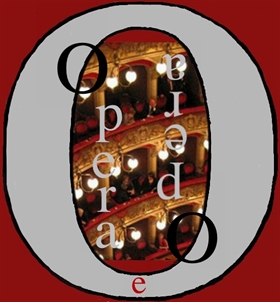Davide Chessa: Santa Cecilia, original photopainting from Simon Vouet –
By Dalila Calisolo —
Today, November 22, the holiday dedicated to Santa Cecilia occurs, Patron Saint of music.
It is more uncertain than ever why Cecilia would have become Patron Saint of Music. In reality, an explicit connection between Cecilia and music is documented only starting from the late Middle Ages.
The most plausible explanation seems to be that of a misinterpretation of the introductory antiphon of the Mass on the feast of the Saint (and not of a passage from the Passio as is sometimes stated). The text of this song in Latin would be: Cantantibus organis, Cecilia virgo in corde suo soli Domino decantabat dicens: fiat Domine cor meum et corpus meum inmaculatum ut non confundar (“While the musical instruments were playing (?), the virgin Cecilia sang in her heart only for the Lord, saying: Lord, may my heart and my body be immaculate so that I will not be confused”). To make sense of the text, it was traditionally referred to Cecilia's wedding banquet: while the (profane) musical instruments played, Cecilia sang to God internally. From here the step to an even more misrepresented interpretation was easy: Cecilia was singing to God… with the accompaniment of the organ. Thus, starting from the 15th century (in the context of Courtly Gothic), people began to depict the saint with a small portative organ at her side.
Dedicated to the saint, the so-called Caecilian Movement arose in the 19th century, spreading throughout Italy, France and Germany. Musicians, liturgists and other scholars joined it, wanting to restore dignity to liturgical music by removing it from the influence of melodrama and popular music. Thus schools, associations and periodicals arose under the name of Santa Cecilia.

